After going through the brief history and army of the 13th century Hungary, plus the Mongol Empire, it is time to look at the events leading to the invasion, and the first part of the campaign until the battle of Muhi.
The Mongol threat was not unknown or underestimated by the Hungarian King (despite popular belief). With royal support friar Julian (or Julianus in Hungarian) and three other Dominican friars left Hungary in 1235 with the aim of finding the origins of the Hungarians and those who still live there. The travel was dangerous and difficult, two friars turned back at some point, the third one died on the road. Julian had to finish the quest alone, and he managed to find Magna Hungaria, not far from Volga Bulgaria in Baskhiria. Despite that the tribes invading Pannonia, todays Hungary, left this place in 300-400 years ago, their language was quite similar and they could communicate with the friar. Among many other things he got information about the Mongols too. He spent less then a month there and returned back to Hungary in 1236. He made a report to the King and also to the Pope. In these reports the danger of the Mongol Empire was included. Friar Julian wanted to go back to Magna Hungaria but only could reach the territories east of Moscow, where he was told that Volga Bulgaria and the old Hungarians were defeated by the Mongols. He even got a letter, which was written by the Great Khan to Béla IV, in which the Khan demands the surrender of the Kingdom else they will be destroyed. From that point the reality of the threat was not in question. The Khan was furious, because Béla did not answer for his 30 couriers. However, there is no information, that any of these couriers or their messages ever reached Hungary (knowing the the dangers of travel and public security at that time, this is not a surprise). There are some tales about an English (noble), who worked for the Khan and spent some time in the court of Béla IV too, which could mean a direct connection between the King and the Khan.
Preparation against the invasion
We have indirect proofs that Béla IV was preparing for the upcoming invasion: in 1239 he stopped the grant review programme and the confiscation of lands, which could be a gesture to strengthen loyalty and royal power within the ranks of nobility. He also might had started an army reform, however most of the written documents from the period were destroyed later. During the autumn of 1240 he visited the Eastern borders of the Carpathian mountains, and inspected every pass and road that could be used by the Mongols and decided on cutting down trees and using them as blockade there. From the information of previous invasions they knew, that the Mongols will attack during winter, which gave the defenders a possible time gap. The use of blockades slowed the Mongols down. After capturing Kiev they needed around 4 months to reach Hungary.
At the beginning of 1241, as the Mongols were closing in, the King sent the Palpatine in his name, Dénes from the Tomaj family, to the North-Eastern borders to encounter the enemy. He also proclaimed that all his servients had to muster forces, prepare for war and wait for his signal to join the royal troops.
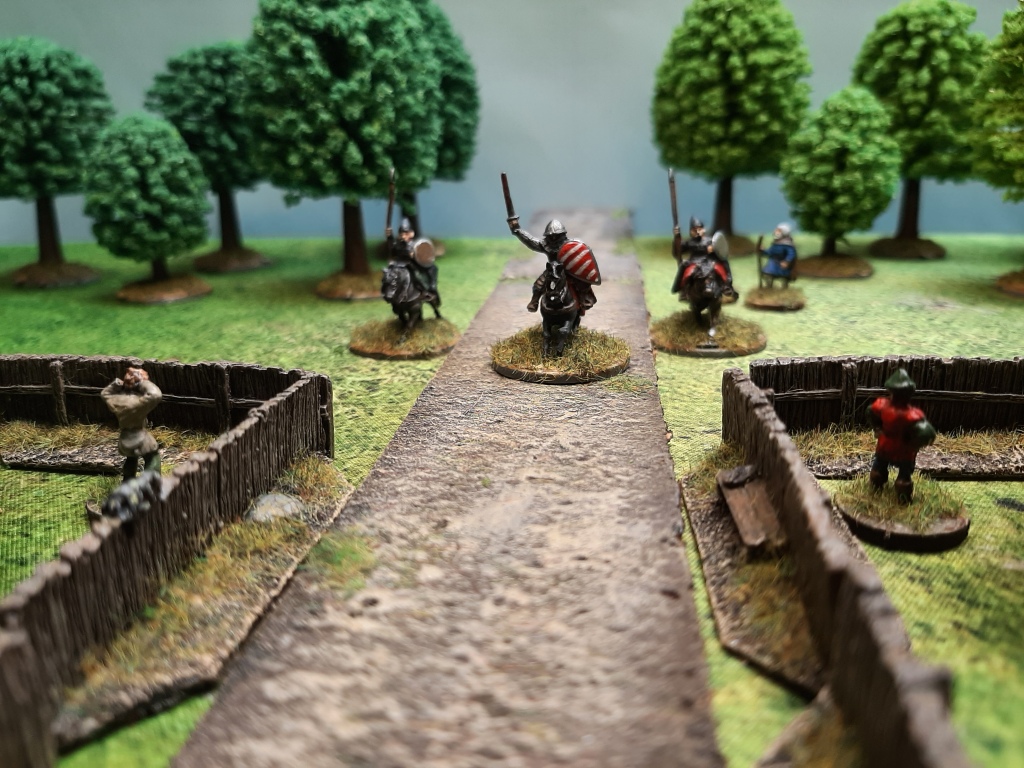
The beginning of the campaign and the sad tale of the Cumans
While the mighty hordes conquered most of Rus, they driven out several nomadic tribes from their home territories. One of them was the Cumans of Köten (or Kötöny in Hungarian) Khan, who seeked asylum from the Hungarian King. It was granted with two conditions: they have to convert to Christianity and accept Béla IV as their overlord and provide military service i called upon. They agreed on these conditions and Köten’s 40000 people (or families, different sources say different numbers) settled down along the river Tisza in the middle great plains of the country. Their nomadic lifestyle caused lot of tensions with the Hungarians: their animals tread the crop on the fields. They were also involved in several cases of robbery, theft and rape. Béla often refused to punish these acts, because he did not want any conflict with the Cumans. The Hungarian nobles, besides these crimes, were fed up with them, because the King seemed to favour them more then his own nobles. The town and village folks accused the Cumans being Mongol spies or forward troops. This was not an unfounded accusation, as the Hungarian Kingdom in the previous centuries had a couple of armed conflicts with the Cumans and many Cuman tribes were forced to fight within the Mongol army, and the Mongols were famous about their intelligence capabilities. However, we have no information about Köten’s people being spies, moreover the fate of Köten would be death if he was captured by the Mongols, but this was not widely known in Hungary. Béla and his closest advisors calculated with the treason of the Cumans and made some preparations to counter it: they let them settle down in smaller groups in several parts of the country, not to let them join easily in huge numbers.
If the growing internal tensions would not be enough, in the beginning of March 1241 a courier arrived from Palpatine Dénes Tomaj to Óbuda, where the King hold council with the barons, reporting that the Mongols reached the borders. The Palpatine was afraid that with the limited amount of royal troops with him and the local county units joining him will not be enough to halt the advancing horde. The Mongols, with the help of around 40000 Russian axemen, destroyed the barricades on the border and on 12th March clashed with the Palpatine and his warriors at Verecke Pass. The Hungarians were defeated but Dénes Tomaj, with some of his men, could escape captivity and rushed back to report to the King. Béla decided on mobilization, sent the barons and heads of the church home to muster their troops and join the royal army. Béla moved with his units to one of the most important crossing point of the river Danube: Pest. As another step to counter a hypothetical Cuman treason, Köten, his family and advisors were taken into custody by Béla and they joined the King in Pest.
Three days after the Hungarian defeat at the border a Mongol tümen reached the Danube and Pest (they only needed 3 days to move around 200 km!). Béla knew their tactics and ordered his warriors to wait and not to attack the Mongols. The archbishop of Kalocsa, Ugrin from house Csák, maybe because he did not want to look like a coward or he thought about himself as an experienced and potent warrior (he fought in the Crusades too) and/or because of the fall of the city Vác (the city is a home of one of the bishopric), he attacked the Mongols with his units. On 17th March the archbishop was trapped, his soldiers killed and he could only nearly escape death.
At the same time arrived at Pest Béla’s cousin, Friedrich II, Duke of Austria with his troops. He was the only Western leader who answered Béla’s call and decided to join the fight against the Mongols. However, his presence made the whole situation worse. As he liked war and combat, not bothering with Béla’s order, Friedrich ordered an attack for his troops and managed to defeat the local Mongol units, killed their leader and captured many of them. The Hungarian nobles, being tired of the cautious King and all the conflicts with him, started to belittle the King and praise the Duke. We might think that worse couldn’t happen, but that is wrong. They found out that one of the Mongol captives was originally Cuman, from a tribe which decided to surrender to the Mongols in the 1220s and they were forced to provide military assistance (before condemning this tactic don’t forget that the Cumans arriving to Hungary had to do the same for the asylum…). This was the last drop: we don’t know exactly how it happened, but the verbal defence of the King was not enough to stop the citizens of Pest to attack the quarters of Köten Khan and cut all Cumans there down. After hearing the news in all around the country people attacked the Cumans. The Cuman army, marching to Pest to join the King, was attacked too. They had to fight themselves and their families out of the trap, defeated the army of bishop of Csanád and the Southern border guarding troops, and left Hungary towards Bulgaria, burning and pillaging the villages on their way.

The invasion only started, but Béla IV lost a great portion of his army and even Friedrich II left the country with his warriors.
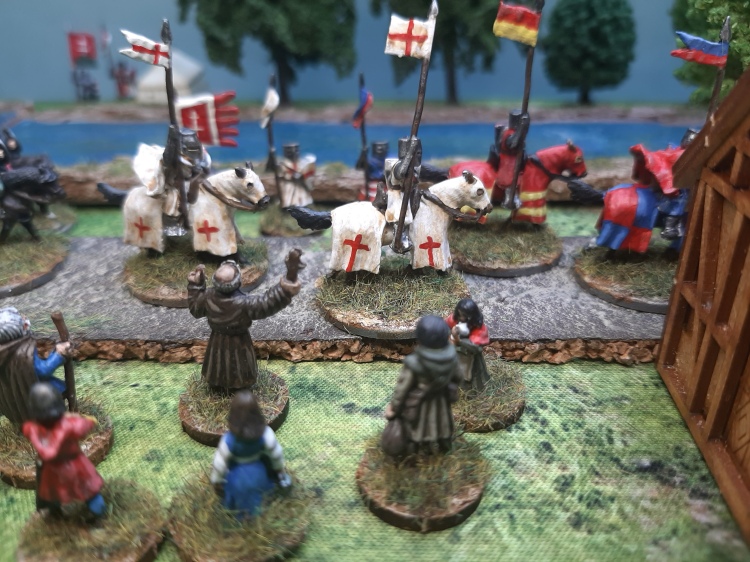
Units marching in Pest on the riverside of the Danube 
King Béla IV and his retinue watching the mustering army
Not this was the only attack of the Mongols: besides the main army moving through the Verecke Pass, three columns attacked through Translyvania and one from the North through Poland. The Hungarian units had to face them all in one way or another. The army of Pósa, the voivode of Transylvania, was defeated on 31th March. On the same day the Mongols attacked suddenly the Saxons in Radna (today Rodna in Romania), who were celebrating a previous victory, and the survivors surrendered. They were conscripted into the Mongol army immediately and later their local knowledge provided great help for the invaders. On 2nd April Beszterce (today Bistrița in Romania) fell, on 11th April Nagyszeben (today Sibiu in Romania) met the same fate.
Marching to Muhi
After waiting at Pest, Béla decided on moving towards the Orosz or Russian gate (today it is around Szinna or Snina in Slovakia) to counter the Mongol horde. During the march Mongol units continuously harassed the Hungarians, increasing with this the Hungarian fighting spirit. The army moved 170 km in 10-15 days (or in other theories 7 days) and reached the river Sajó after crossing the brook called Hejő. After arriving, Béla decided on setting up a camp and waiting a few days. This action raised many questions among historians and still not clear why they did that. We know that not the whole army arrived to Pest: besides the Cumans, the bailiff of Somogy county, László from the Kán family, only arrived with is units to the camp at the day of the battle of Muhi; while the bishop of Várad never arrived, he and his warriors chased the Mongols around Eger. Historians think that they camped there to wait for the wagons, supplies and/or the remaining troops to join the royal army.
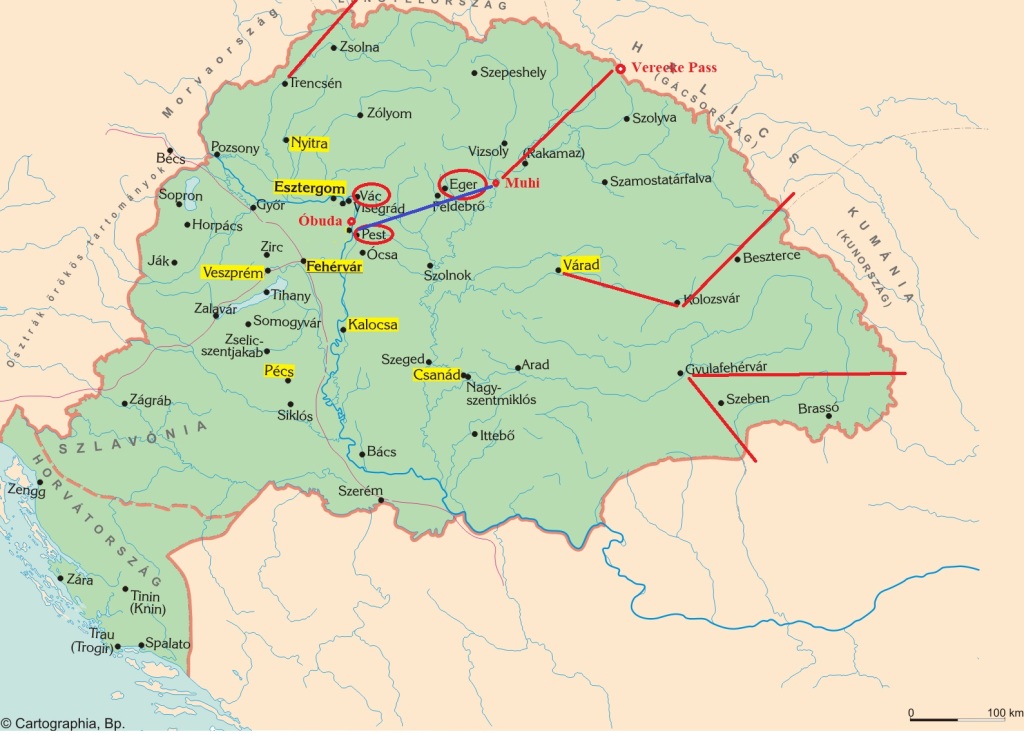
We might never know the real reason, but yet still the Hungarian army was there, close to Muhi, standing against the mighty warriors of the Mongol horde. After all the years of preparation and besides all the internal tensions, a battle was coming, which might decide the fate of the whole Kingdom…
Sources:
https://en.wikipedia.org/wiki/Friar_Julian
https://hu.wikipedia.org/wiki/Tat%C3%A1rj%C3%A1r%C3%A1s
https://en.wikipedia.org/wiki/First_Mongol_invasion_of_Hungary
B. Szabó János: A tatárjárás – A mongol hódítás és Magyarország (The Mongol invasion and Hungary)
Kristó Gyula: Háborúk és hadviselés az Árpádok körében (Wars and warfare during the age of the Árpád dynasty)

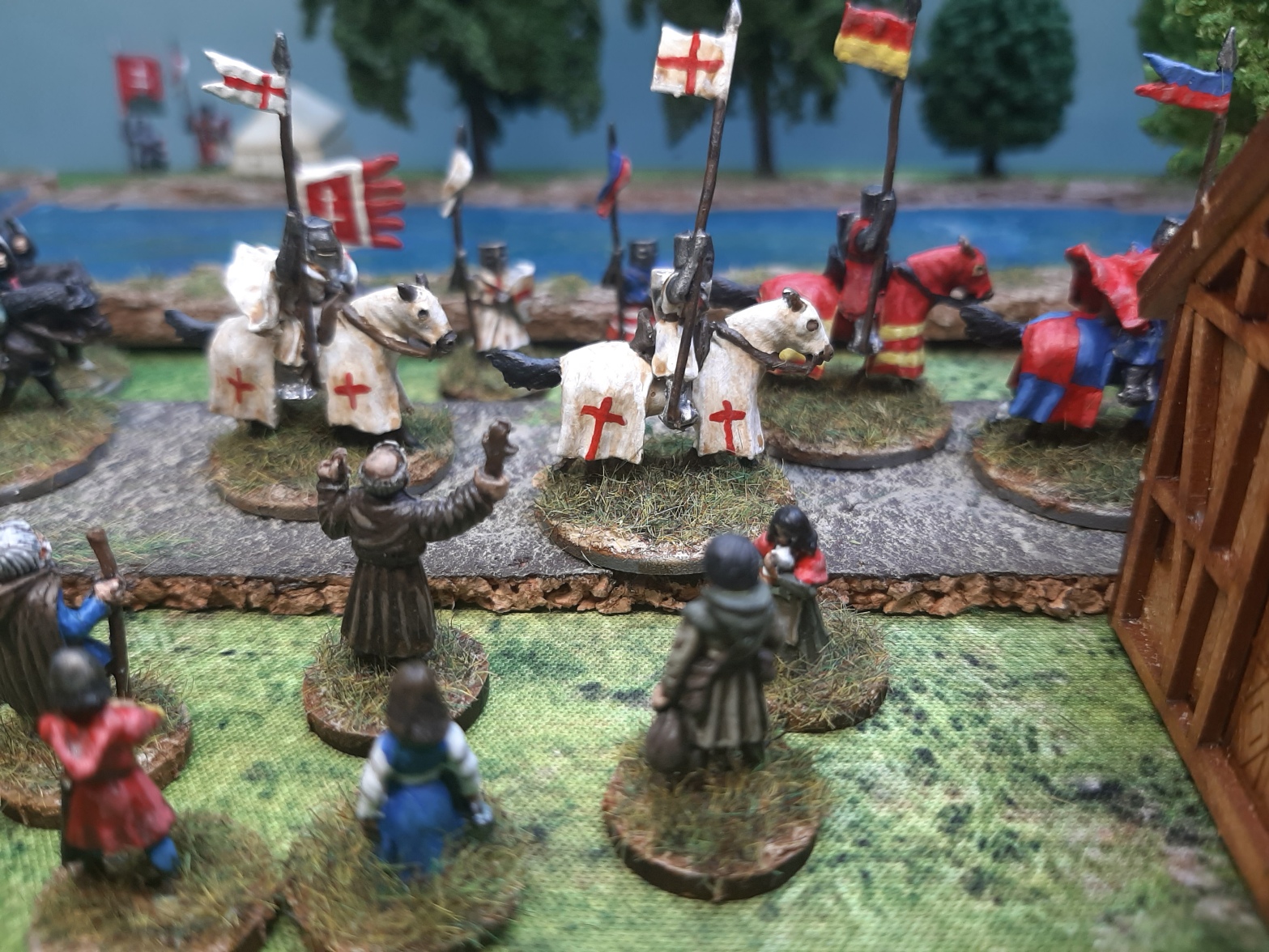
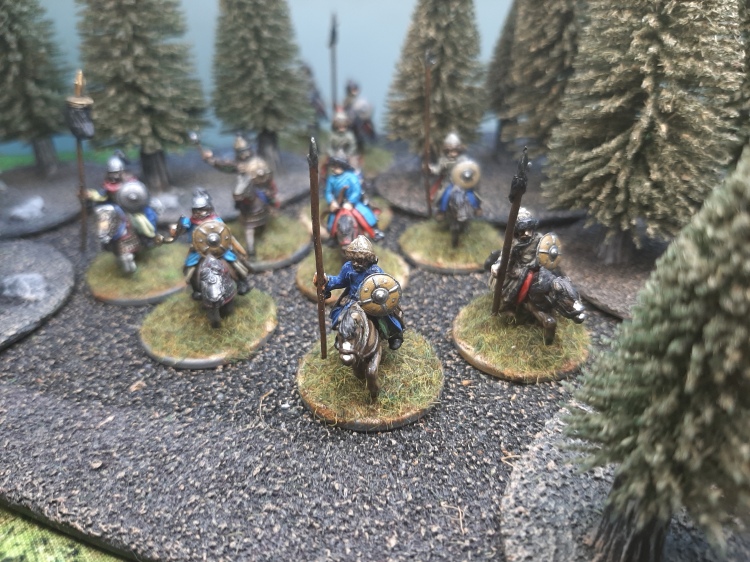

One thought on “The Mongols are coming! – The prelude and the start of the invasion”